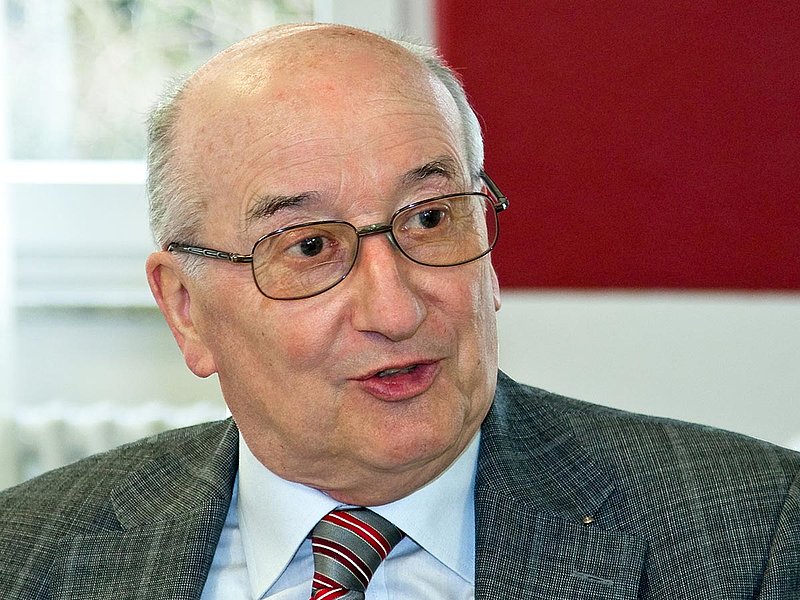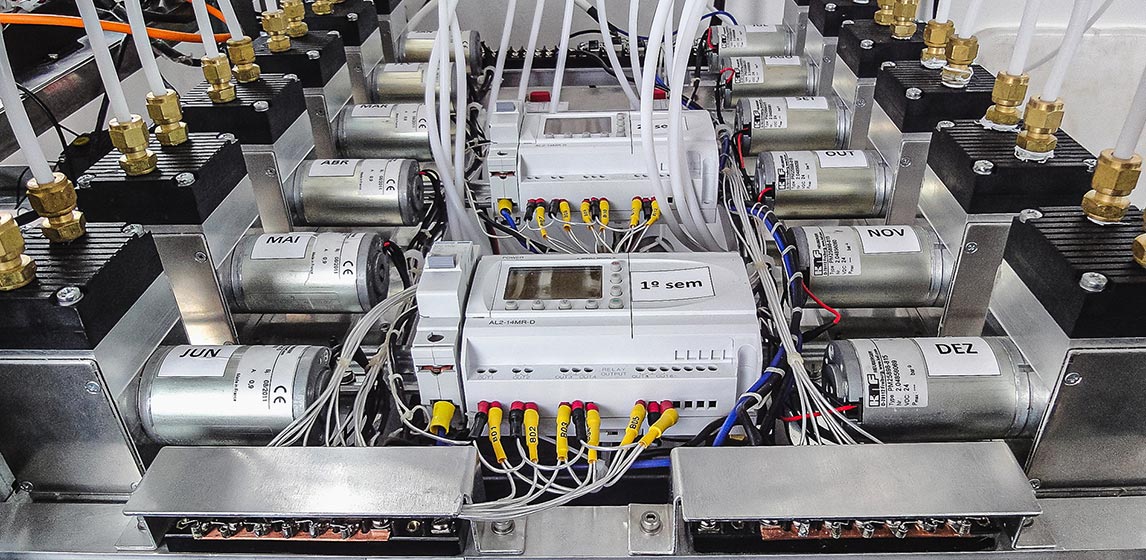KNF Pumps in Nuclear Power Plants
At the cutting edge of the latest technology

Back in the 1960s, Erich Becker dreams that KNF diaphragm pumps would come to dominate the market across a host of different industries. He certainly doesn’t expect that, just a few years later, his products will enter the highly demanding field of nuclear power plants.
To find out how this happened, let’s start right at the beginning. The very first KNF pumps are produced for laboratories, and profits from these sales steadily increase. But, following KNF’s era as a machine factory and cylinder grinding business, the market segment is too small to provide the company a secure financial foundation in the long term. Erich Becker therefore sets about developing pumps that meet the specific needs of industry, namely more powerful pumps which offer a longer service life and meet greater safety standards. Unfortunately, the resulting diaphragm pumps are not an immediate hit. But in 1972, the breakthrough comes.

That year, KNF launches its double diaphragm system. Diaphragm gas pumps featuring this system include a second safety diaphragm, which is placed under less strain, thus ensuring that the pumps are extremely gastight and much safer. This makes them the ideal choice when working with valuable or hazardous gases. Soon after, the company gets contacted by Siemens. Erich Becker remembers it well: “They invited us to Stuttgart to talk about diaphragm pumps. When we arrived, we found 20 engineers from many different companies sitting around the table, all involved in the construction of a nuclear power plant.” Erich Becker and his team answer their questions about the capabilities of diaphragm pumps and the safety features offered by the double diaphragm system. They return home and do not hear anything more for some time. “I just couldn’t imagine us getting into the nuclear industry,” Becker recalls. But he was to be proven wrong.
KNF is ultimately commissioned to design pumps for the Philippsburg nuclear power plant. At the time, there are high hopes for civil uses of atomic energy. The project gives KNF the opportunity to make a name for itself and the company manages to banish any last remaining doubts about its diaphragm pumps for good.
More orders from the world of nuclear research follow. In one of the research departments of the German nuclear research facility in Jülich, not far from the Dutch-German border, KNF pumps are put into use to pump waste fission gases to a measurement station. And since the 1970s, many other research projects rely on KNF diaphragm pumps to ensure the safe handling of radioactive materials. The pumps’ compact design, low maintenance requirements, innovative technology and, most importantly, safety features make them the ideal choice for transferring radioactive gases and vapors.
Today, KNF diaphragm pumps continue to be used by research teams, including at the European Organization for Nuclear Research CERN, which is famous for its investigation of how the universe came into being. It is groundbreaking research – and KNF remains right there at the cutting edge of the latest technology.



